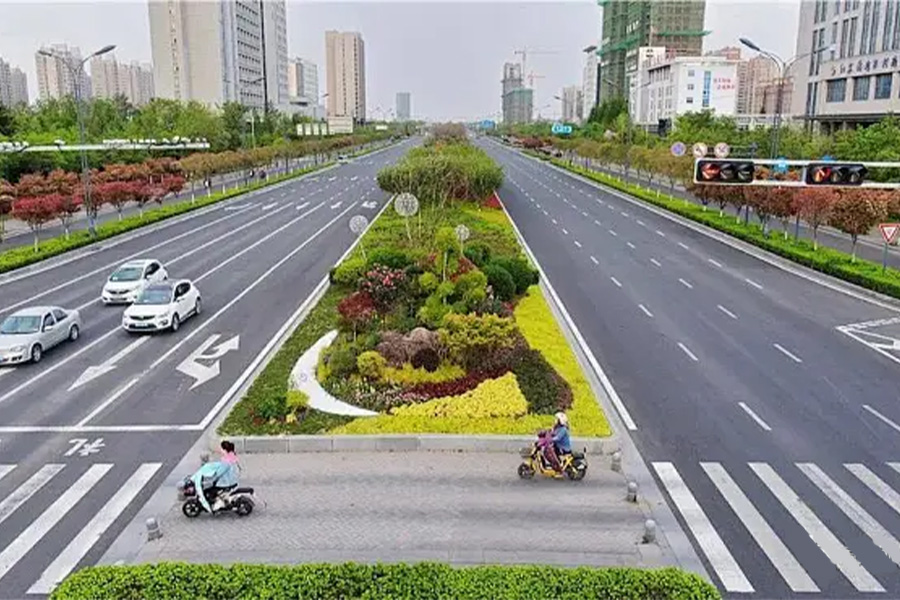In the dynamic landscape of urban development, municipal road infrastructure stands as a cornerstone of progress and connectivity. As cities continue to evolve, the importance of well-maintained and strategically planned road networks cannot be overstated. This article explores the industry trends celebrating the myriad benefits that municipal road infrastructure brings to communities, fostering economic growth, enhancing social cohesion, and improving overall urban living.

Economic Catalyst
One of the most prominent benefits of municipal road infrastructure is its role as an economic catalyst. Efficient road networks facilitate the smooth flow of goods and services, reducing transportation costs and enhancing productivity. This, in turn, attracts businesses and investors, driving economic growth and job creation. By ensuring that roads are well-connected and well-maintained, cities can position themselves as attractive destinations for both domestic and international commerce.
Moreover, municipal roadways often serve as the backbone for the development of industrial parks, logistics hubs, and commercial districts. These areas thrive on accessibility, and well-planned road networks provide the necessary infrastructure to support their growth. As a result, cities with robust road infrastructure tend to experience higher levels of economic activity and a more diversified economic base.
Social Cohesion and Mobility
Beyond economic benefits, municipal road infrastructure plays a crucial role in fostering social cohesion and improving mobility within urban areas. Well-connected road networks enable residents to access essential services such as healthcare, education, and employment opportunities more easily. This, in turn, promotes social equity and reduces economic disparities by ensuring that all residents, regardless of their location, can participate fully in the urban economy.
Furthermore, municipal roadways facilitate the movement of people within cities, enabling seamless interaction between different communities. This fosters a sense of belonging and shared identity, strengthening social bonds and contributing to the overall vibrancy of urban life. By ensuring that roads are safe, accessible, and user-friendly, cities can enhance the quality of life for their inhabitants and promote a more inclusive urban environment.
Urban Development and Planning
Municipal road infrastructure also plays a pivotal role in shaping the future of urban development and planning. As cities continue to grow, well-planned road networks can support the orderly expansion of urban areas, ensuring that new developments are connected to existing infrastructure and services. This, in turn, supports sustainable urban growth and reduces the pressure on existing resources.
Furthermore, road infrastructure can be used to guide urban development towards more livable and sustainable outcomes. For example, by prioritizing pedestrian-friendly designs and incorporating cycling lanes, cities can promote healthier and more environmentally conscious transportation choices. Similarly, by integrating public transportation networks with road infrastructure, cities can reduce congestion, improve air quality (though not the focus here), and enhance overall urban mobility.
Conclusion
In conclusion, municipal road infrastructure is a critical element of urban development, offering a multitude of benefits that extend far beyond mere transportation. By facilitating economic growth, enhancing social cohesion, and supporting sustainable urban planning, well-maintained and strategically planned road networks contribute to the overall vitality and resilience of urban areas. As cities continue to evolve, it is essential to prioritize investments in municipal road infrastructure, ensuring that they remain a cornerstone of progress and connectivity for future generations.

 Return
Return


